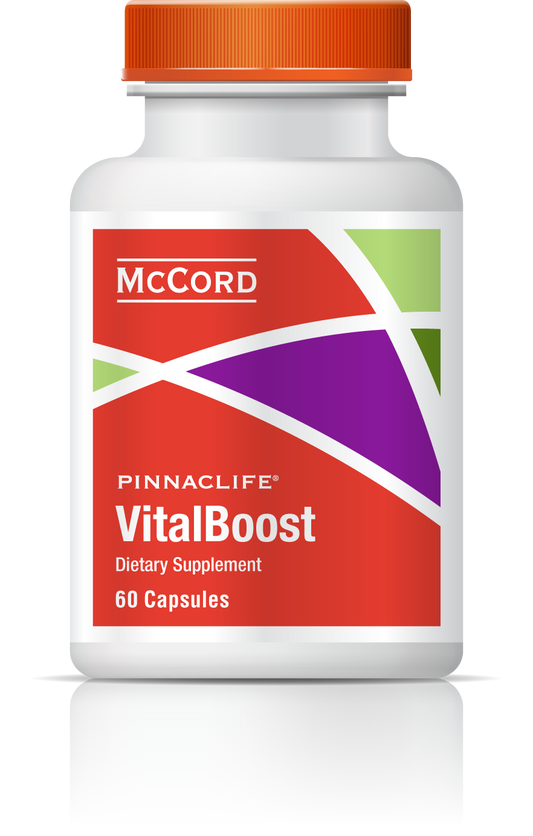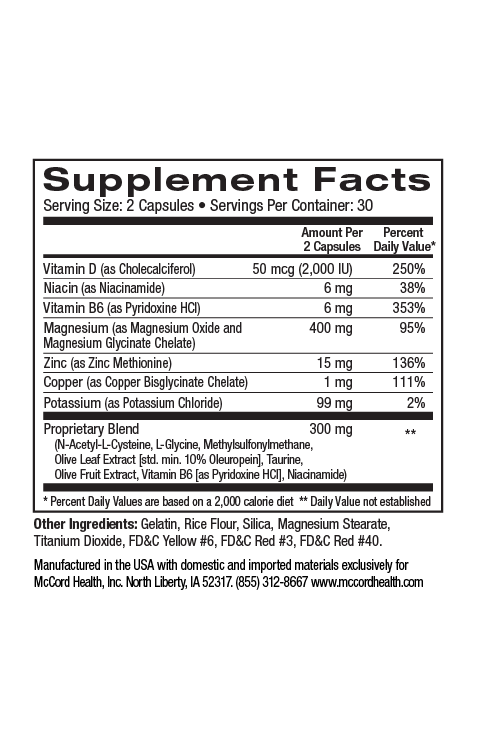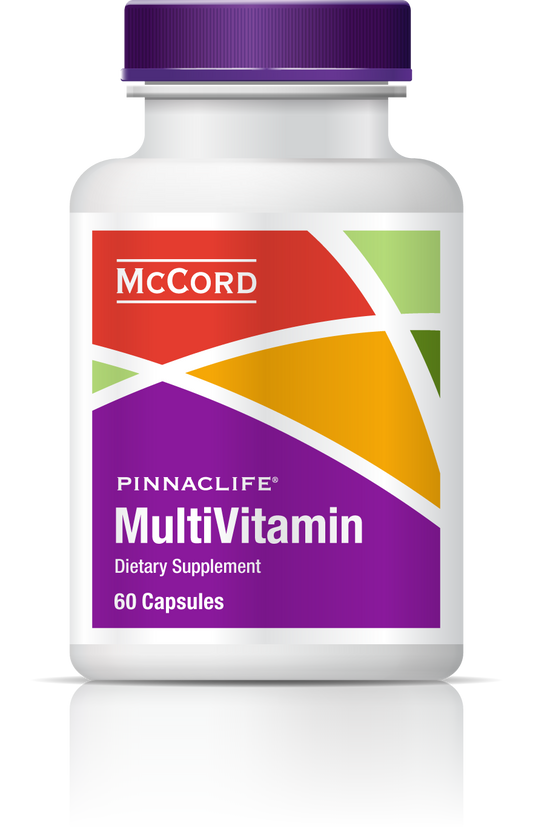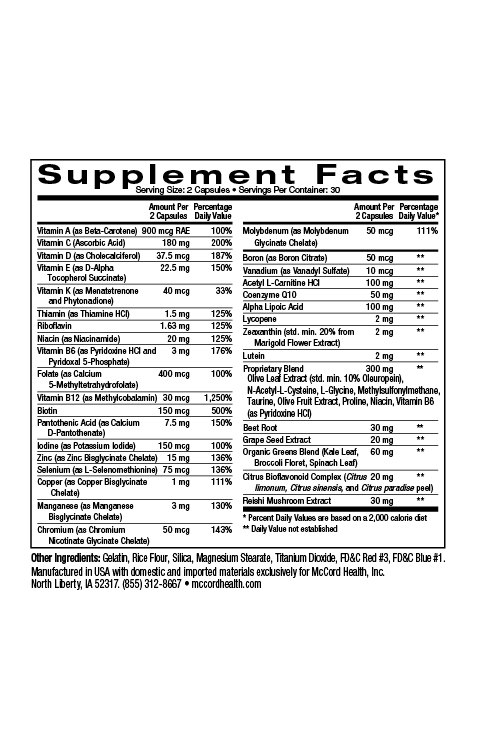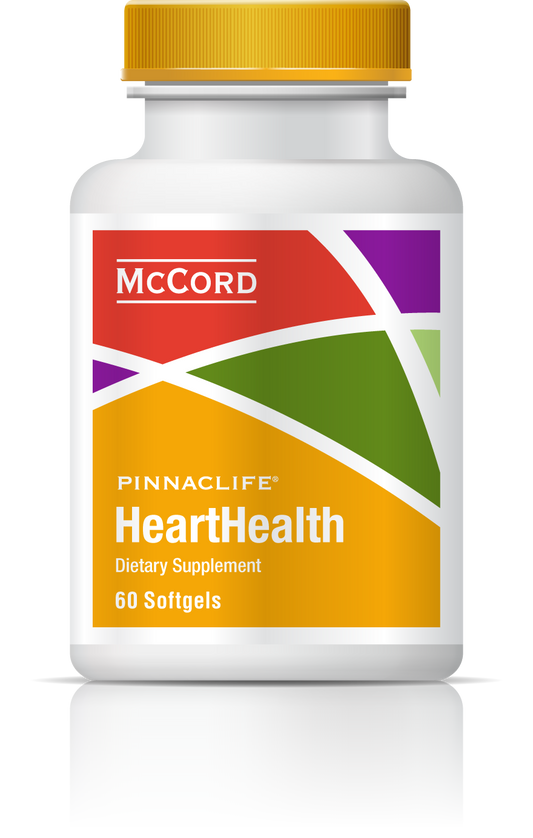Joint pain is a common issue that can affect us in more ways than we realize. Inflammation is a key factor in joint pain but most anti-inflammatory medications have bad side effects. There are certain nutrients that can help support healthy joints including hydroxytyrosol, curcumin, MSM, antioxidants, and more.
- Joint pain is a common issue experienced by most people
- Joint pain can affect us in more ways than we realize
- Inflammation is a key factor in joint pain
- Many anti-inflammatory medications have bad side effects
- There are certain nutrients that can help manage inflammation
Tell me more!
Sometimes we fail to appreciate all the work our joints are doing as we go about our daily lives. However, when joints become inflamed and painful we are quickly reminded of just how much we rely on them throughout our day.
According to a 2006 survey conducted by the Center for Disease Control and Prevention (CDC), approximately 1 in 3 people reported experiencing joint pain within the previous 30 days.
Safe Nutritional Approaches to Reduce Joint Pain and Inflammation Can Improve Your Quality of Life
At first, joint pain might seem like a minor nuisance that just makes it a little bit more difficult to move around as freely, but consider that the inability to move freely can have a much larger impact on your overall health.
Inability to exercise:
It’s obvious that joint pain can significantly reduce a person’s ability to exercise or get regular physical activity. This increases a person’s chance of suffering from conditions associated with lack of exercise such as obesity, diabetes, heart disease, osteoporosis, and more.
Inability to work:
Many people leave the workforce because they are no longer able to perform the required tasks such as sitting or standing for prolonged periods, lifting heavy items, typing or using tools such as a screwdriver.
Inability to participate in hobbies:
Just think of all the different hobbies people have that would become more difficult, painful, or even impossible with varying levels of joint pain. From physical activities like golf, biking, hiking, and swimming to more sedentary activities like playing a musical instrument, cooking, knitting, gardening – it is not hard to see how a person could quickly become unable to participate in their favorite activities.
Impaired social life:
What happens when your hip pain prevents you from going on your nightly walk with your friends? Or when you can’t participate in your bowling league? It would certainly be difficult to watch a group of friends enjoying your favorite activities while you watch from the side, unable to participate due to debilitating joint pain. It is easy to see how people could find themselves feeling isolated from social events and missing out on their favorite activities.
Loss of Independence:
Even low levels of joint pain can greatly limit a person’s ability to live an independent life. Pain in the back, legs, and arms can make it difficult to do routine tasks such as standing up out of a chair, getting in and out of bed, bending over to tie a shoe, and even getting dressed. Pain in smaller joints such as the fingers can make it difficult to do things such as write, button a shirt, open packages, use eating utensils, and much more.
Impaired mental health:
The combined effects of joint health on a person’s independence, ability to be physically active, employment, and participation in hobbies and social activities can weigh heavily on their overall mental state. People can easily develop a negative outlook on their health status and life in general, and this can perpetuate and exacerbate any number of disease processes.
Relief from painful joint inflammation and arthritis
When joint pain hits you, all you can think about is finding relief so you can get back to living your life fully and freely. You want to feel that youthfulness that you see when a child rides their bike down the street, or swings from the monkey bars at a playground. We want you to feel that as well!
Unfortunately, many of the anti-inflammatory medications we reach to first have the potential for serious side effects including stomach ulcers, liver damage, kidney damage, and increased risk of cardiovascular death. However, there are many natural approaches to addressing inflammation that do not carry these same risks.
Select Natural Ingredients with Research Supporting a Possible Role in Supporting Joint Health
Hydroxytyrosol and Oleuropein
Hydroxytyrosol and oleuropein from olive leaf extract have been shown to have interact with the biochemical pathways involved with inflammation.1 They are also key components of the patented Proprietary Blend formula that has been shown to greatly increase genetic expression of Manganese Superoxide Dismutase (MnSOD) that is one of the cell's most powerful defenses against inflammation-inducing free-radical damage.2,3
Acetylcysteine (NAC)
N-Acetylcysteine (NAC) has been shown to support production of the antioxidant glutathione and modulate inflammatory responses by reducing free-radical damage and also by regulating well studied pro-inflammatory compounds including Nuclear-Factor kappa-B (NF-kB), cyclooxegenase-2 (COX-2), and inducible nitric oxide synthase (iNOS).8 The potent antioxidant sulforaphane from broccoli has also been shown to have similar anti-inflammatory mechanisms.4-7
Methylsulfonylmethane (MSM)
Methylsulfonylmethane (MSM) is vital for the formation of healthy collagen and connective tissues and has been shown to reduce inflammation by exerting suppressive actions on several inflammatory pathways involving nitric oxide, prostaglandin E2 (PGE2), cycloxygenase-2 (COX-2), nuclear factor (NF)-kB, TNF-α, and interleukin-6.13–16
Glycine and Proline
Glycine and L-Proline are the most abundant amino acids found in collagen. These amino acids are essential for the formation of collagen in connective tissues that are often inflamed or damaged in joint pain and arthritis.17
Curcumin
Curcumin, extracted from turmeric, is an extremely potent antioxidant that reduces inflammation by preventing oxidative damage and by reducing several pro-inflammatory molecules including TNF-α, COX 1 and 2, α1-acid glycoprotein, and myeloid differentiation protein. It has been shown to have similar effects as some NSAIDs without the increased risk of ulcers or heart problems.9–12
Natural Methods That Help Keep You Moving
There are natural and alternative methods that can help provide relief from the inflammation that causes joint pain without the side effects that are experienced with the most commonly used pharmaceutical options.18,19
Our goal is to help you get back to doing the things you love - whether that is a game of golf, gardening, biking, or even just comfortably sitting in a chair with your favorite book with the confidence that you can stand up pain free. Proprietary Blend JointHealth is there to help maintain and restore those youthful feelings of mobility, flexibility, and pain-free living.
References
- Haloui E, Marzouk B, Marzouk Z, Bouraoui A, Fenina N. Hydroxytyrosol and oleuropein from olive leaves : Potent anti-inflammatory and analgesic activities. J Food, Agric Environ. 2011;9(3&4):128–133.
- Sarsour EH, Kumar MG, Kalen AL, Goswami M, Buettner GR, Goswami PC. MnSOD activity regulates hydroxytyrosol-induced extension of chronological lifespan. Age (Omaha). 2012;34:95–109.
- Zhang X, Cao J, Zhong L. Hydroxytyrosol inhibits pro-inflammatory cytokines, iNOS, and COX-2 expression in human monocytic cells. Naunyn Schmiedebergs Arch Pharmacol. 2009;379(6):581–6.
- Heiss E, Herhaus C, Klimo K, Bartsch H, Gerhäuser C. Nuclear factor kappa B is a molecular target for sulforaphane-mediated anti-inflammatory mechanisms. J Biol Chem. 2001;276(34):32008–15.
- Conforti F, Sosa S, Marrelli M, et al. In vivo anti-inflammatory and in vitro antioxidant activities of Mediterranean dietary plants. J Ethnopharmacol. 2008;116(1):144–51.
- Pan M-H, Lai C-S, Dushenkov S, Ho C-T. Modulation of inflammatory genes by natural dietary bioactive compounds. J Agric Food Chem. 2009;57(11):4467–77.
- Santangelo C, Varì R, Scazzocchio B, Di Benedetto R, Filesi C, Masella R. Polyphenols, intracellular signalling and inflammation. Ann Ist Super Sanita. 2007;43(4):394–405.
- Stanislaus R, Gilg AG, Singh AK, Singh I. N-acetyl-L-cysteine ameliorates the inflammatory disease process in experimental autoimmune encephalomyelitis in Lewis rats. J Autoimmune Dis. 2005;2(1):4.
- Gupta SC, Patchva S, Aggarwal BB. Therapeutic roles of curcumin: lessons learned from clinical trials. AAPS J. 2013;15(1):195–218.
- Gupta SC, Prasad S, Kim JH, et al. Multitargeting by curcumin as revealed by molecular interaction studies. Nat Prod Rep. 2011;28(12):1937–55.
- Henrotin Y, Priem F, Mobasheri A. Curcumin: a new paradigm and therapeutic opportunity for the treatment of osteoarthritis: curcumin for osteoarthritis management. Springerplus. 2013;2(56):1–9.
- Aggarwal BB, Harikumar KB. Potential Therapeutic Effects of Curcumin, the Anti-inflammatory Agent, Against Neurodegenerative, Cardiovascular, Pulmonary, Metabolic, Autoimmune and Neoplastic Diseases. Int J Biochem Cell Biol. 2009;41(1):40–59.
- Kim YH, Kim DH, Lim H, Baek D-Y, Shin H-K, Kim J-K. The anti-inflammatory effects of methylsulfonylmethane on lipopolysaccharide-induced inflammatory responses in murine macrophages. Biol Pharm Bull. 2009;32(4):651–6.
- Kim LS, Axelrod LJ, Howard P, Buratovich N, Waters RF. Efficacy of methylsulfonylmethane (MSM) in osteoarthritis pain of the knee: a pilot clinical trial. Osteoarthritis Cartilage. 2006;14(3):286–94.
- Kalman DS, Feldman S, Scheinberg AR, Krieger DR, Bloomer RJ. Influence of methylsulfonylmethane on markers of exercise recovery and performance in healthy men: a pilot study. J Int Soc Sports Nutr. 2012;9(1):46.
- Debbi EM, Agar G, Fichman G, et al. Efficacy of methylsulfonylmethane supplementation on osteoarthritis of the knee: a randomized controlled study. BMC Complement Altern Med. 2011;11:50.
- Wang W, Wu Z, Dai Z, Yang Y, Wang J, Wu G. Glycine metabolism in animals and humans: implications for nutrition and health. Amino Acids. 2013;45(3):463–77.
- Bjorkman DJ. Current status of nonsteroidal anti-inflammatory drug (NSAID) use in the United States: risk factors and frequency of complications. Am J Med. 1999;107(6):3–8.
- Schoenfeld P, Kimmey MB, Scheiman J, Bjorkman D LL. Review article: nonsteroidal anti-inflammatory drug-associated gastrointestinal complications-guidelines for prevention and treatment. Aliment Pharmacol Ther. 1999;13(10):1273–1285.
Disclaimer: These statements have not been reviewed by the FDA. These products are dietary supplements and are not intended to treat, cure, or prevent any disease. The decision to use these products should be discussed with a trusted healthcare provider. The authors and the publisher of this work have made every effort to use sources believed to be reliable to provide information that is accurate and compatible with the standards generally accepted at the time of publication. The authors and the publisher shall not be liable for any special, consequential, or exemplary damages resulting, in whole or in part, from the readers’ use of, or reliance on, the information contained in this article. The publisher has no responsibility for the persistence or accuracy of URLs for external or third party Internet websites referred to in this publication and does not guarantee that any content on such websites is, or will remain, accurate or appropriate.

